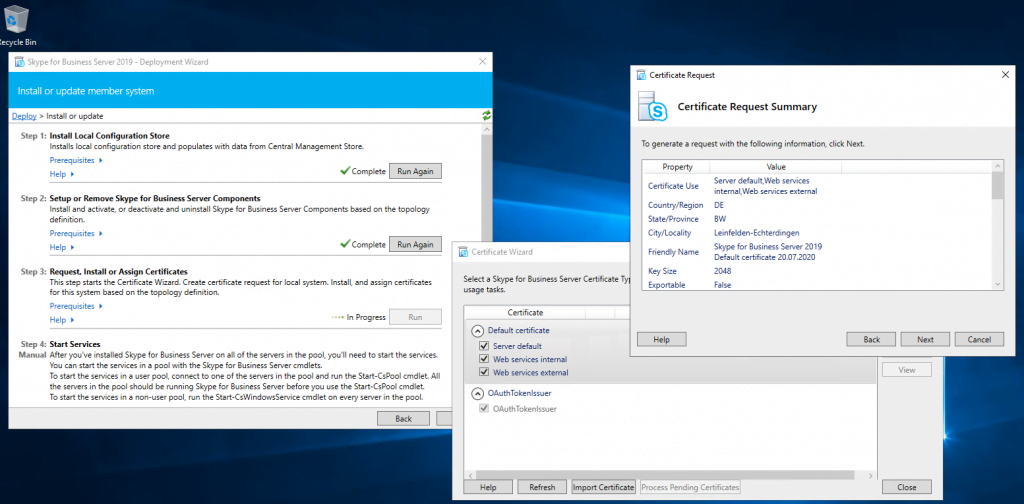

Now that the users have been disabled and the msRTCSIP attributes are cleared we can monitor the migrated users InterpretedUserType to change to "DirSyncSfBUser". Remove-CsHostingProvider –Identity "HOSTING-PROVIDER-NAME" Step 6 - Monitor users InterpretedUserType


Remove federation configuration and Skype for Business Online hosting provider from the on-premises deployment. Step 5 - Disable Skype for Business Federation If this is not the case visit here to find a script to clear the attributes. Once a user is disabled the msRTCSIP attributes will be removed from the user. This will disable every user through the whole Skype for Business topology. It is recommended to backup a list of your users UPNs and also their assigned DDIs before disabling all users. Remove users by running the following command: Set-CsTenantFederationConfiguration –SharedSipAddressSpace $false Step 4 - Disable SfB Users Login to Skype for Business Online PowerShell and run the following command: Step 3 - Disable Shared SIP Address Space Remove any DNS records which are related to your decomissioned Skype for Business deployment. The following records will need to be added/modified/removed. Run the above command via Skype for Business Management Shell or PowerShell via the use of the "SkypeForBusiness" module which is packaged with the Skype for Business Server administrative tools. Move-CsUser -Identity UPN -Target -UseOAuth -MoveToTeams Run the following command to migrate a user: This will directly migrate the users to Teams and set (on a per user basis) their co-existance mode to TeamsOnly. Migrate users directly from Skype for Business Server to Teams utilising the -MoveToTeams property on the Move-CsUser cmdlet. Step 1 - Migrate Users to Microsoft Teams


 0 kommentar(er)
0 kommentar(er)
